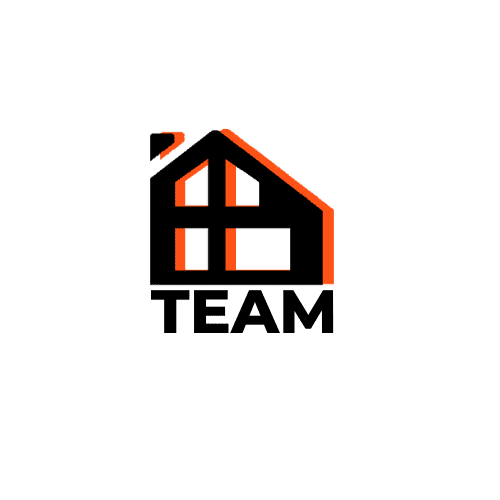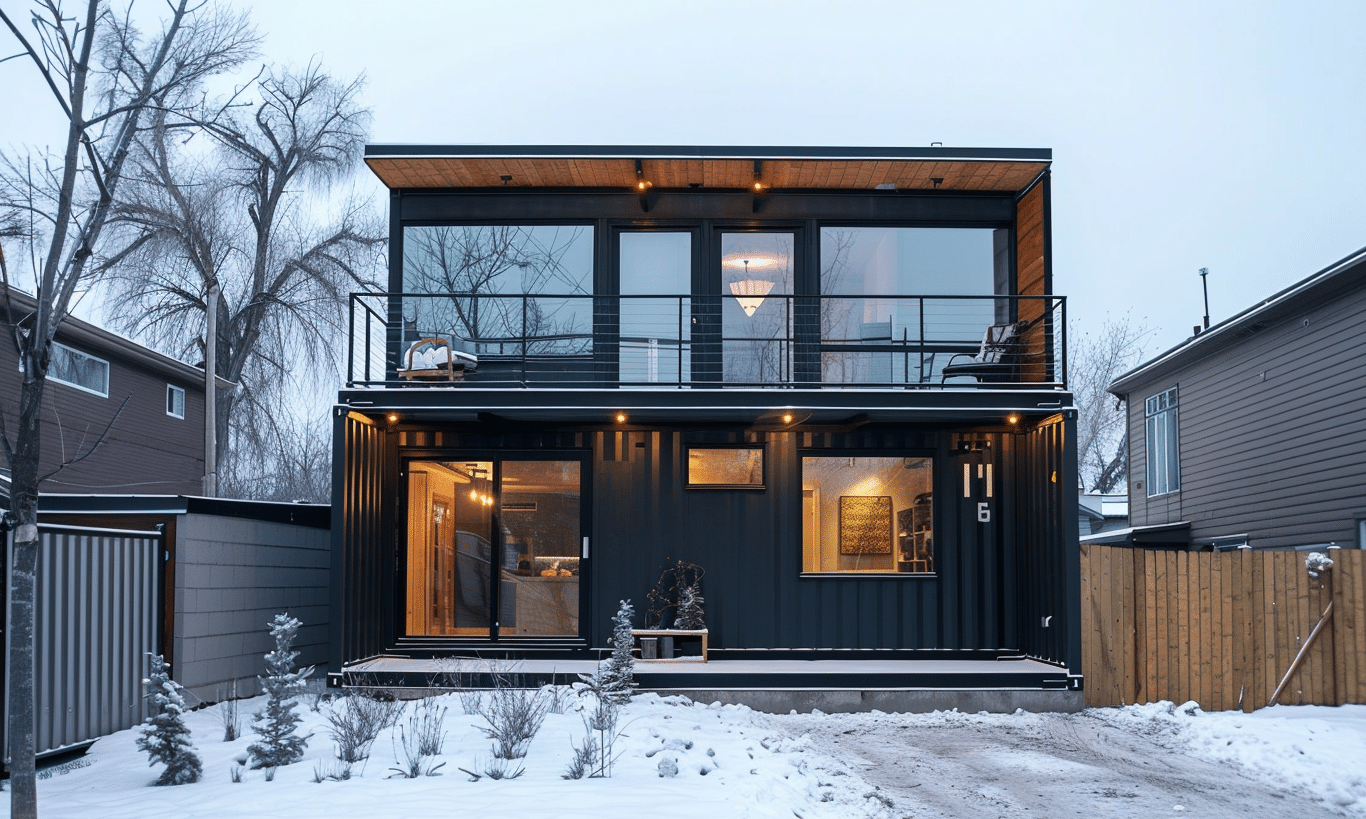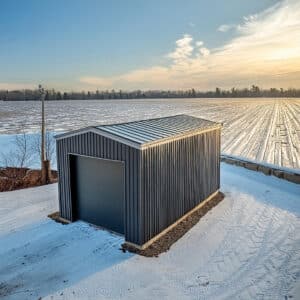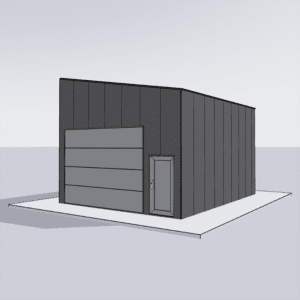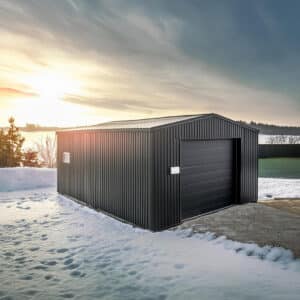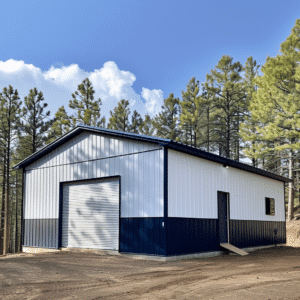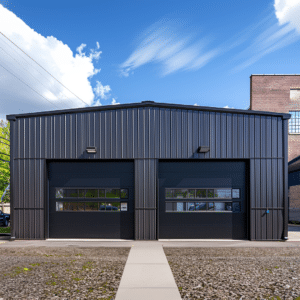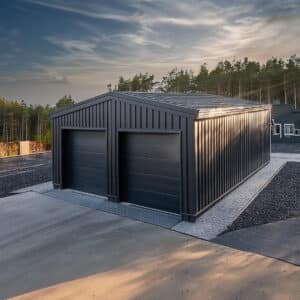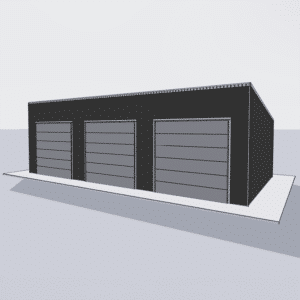When embarking on the journey of constructing a metal building, whether for commercial or personal use, the choice of steel becomes a pivotal decision in the process. The myriad options available might appear daunting at first, yet understanding the essential qualities of steel for metal buildings will guide you to a well-informed decision. So, as we examine the steel selection intricacies, imagine setting off on a path with the perfect blend of strength, durability, and innovation leading to your dream metal structure.
Understanding the Basics: Types of Steel for Metal Buildings
The marketplace offers numerous types of steel, each with distinct properties that cater to varying construction needs. From the common structural steel used in skeleton frames to more specialized forms like weathering steel, the spectrum is quite broad. The goal here is to find steel that enhances the longevity and resilience of your metal building kit while being economically viable.
Hot vs. Cold Rolled Steel: What’s the Difference?
Hot rolled steel is processed at high temperatures, making it easier to shape and form, which results in a more malleable product. Its primary advantage is cost-effectiveness, making it an excellent choice for large structural components. Cold rolled steel, on the other hand, is processed at room temperature, giving it a smoother surface finish and greater strength. Its superior surface finish makes it a prime candidate for visible structures and finer building details.
When choosing the right steel, consider the environment of your locale. For instance, in areas like Ontario where humidity and temperatures can vary heavily, opting for steel that’s resistant to weather elements is crucial. Exploring steel structure kits Ontario may present enlightening options tailored to such environments.
Factors Influencing Your Choice of Steel
While the technical properties like strength and ductility are important, several pragmatic factors can influence the decision in your steel selection process.
Local Climate and Environmental Conditions
The climate where your structure will stand plays a significant role in the choice of steel. Are you in a rainy coastal area, a moisture-laden region, or perhaps snowy Canadian landscapes? Each scenario demands different steel characteristics. For instance, using galvanized steel in humid areas can prevent rust and extend the lifespan of your building.
Intended Use and Load-Bearing Requirements
Simply put, what do you plan to use the building for? A metal shed storage building comes with different requirements compared to a large industrial warehouse. Load-bearing needs dictate the thickness and type of steel, guiding the decision between hot and cold rolled options.
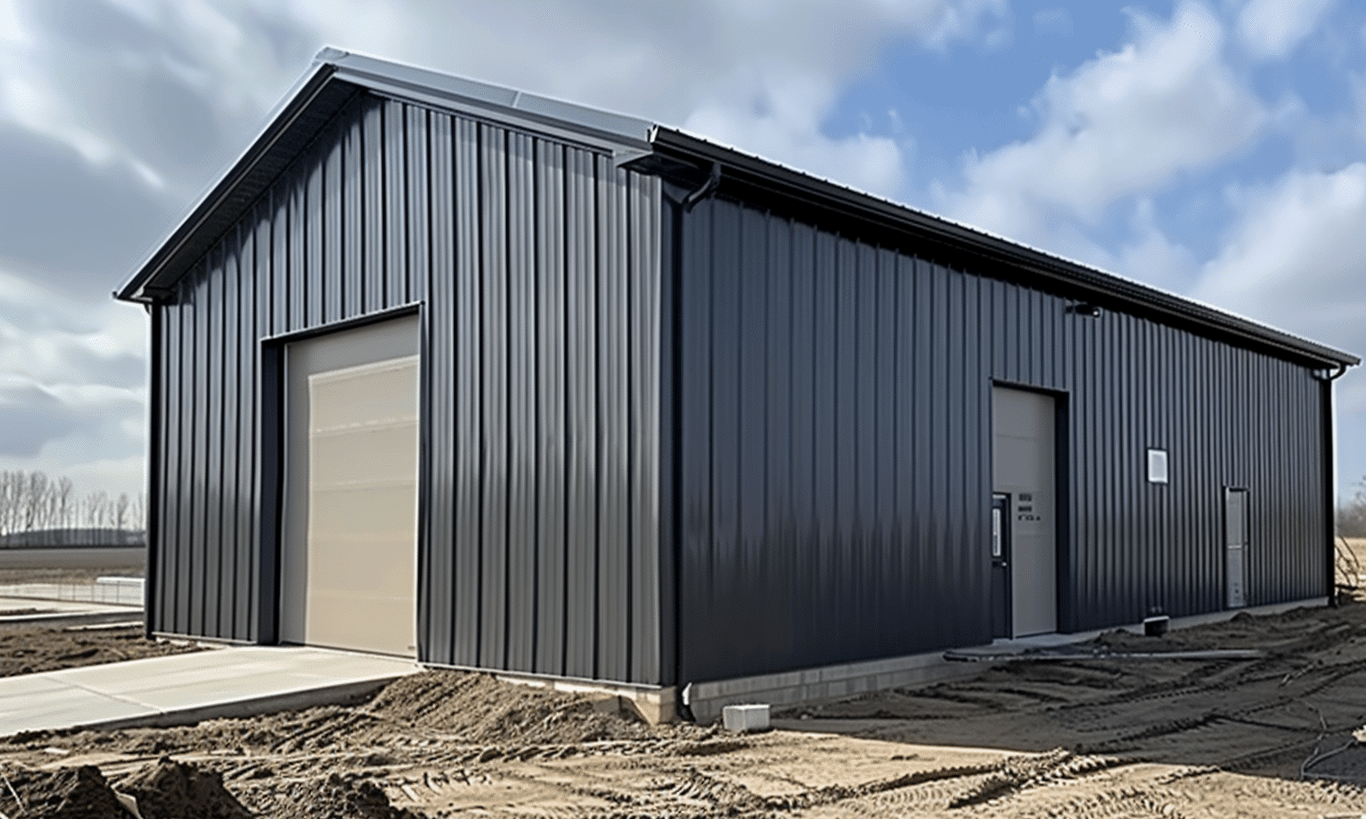
The Role of Coatings and Finishes
Another pivotal angle to consider is how coatings and finishes will affect your steel building’s durability and aesthetic appeal. With innovations in coatings technology, today’s options offer superior protection against corrosive elements while maintaining visual appeal.
Galvanizing for Corrosion Resistance
Adding a protective zinc layer through galvanizing is one method to increase steel’s lifespan. This is especially relevant in areas exposed to precipitation or near saltwater. It prevents rust and offers a maintenance-free solution for decades. When you consider the lifespan and durability of your structure, galvanized coatings are undoubtedly a compelling factor.
Painting and Other Finishing Options
Beyond merely protecting steel from the elements, coatings can also provide aesthetic customization. Different paint colors and textures can transform an ordinary metal building into an architectural statement. Think of your steel building as a blank canvas, offering you unlimited design potential.
Structural Integrity and Innovations in Metal Buildings
Never underestimate the power of modern engineering developments that bring incredible advantages to steel structures. The evolving landscape of innovations in metal buildings has even led to mixed-material constructions where steel acts in tandem with wood or concrete to meet specific structural requirements.
Benefits of Prefabricated Kits
The modern world of steel building extends to the convenience of pre-fab kits which demonstrate innovation at its core. These kits streamline the construction process, reduce waste, and usually come precision-engineered to meet strict Canadian standards. They also allow for much faster assembly times, which can be significantly beneficial in commercial projects where time equates to money.
Commitment to Sustainability and Environment
As the environmental footprint of projects becomes more scrutinized, steel stands out as an eco-friendly option. It is entirely recyclable, with most steel being made from recycled materials. When planning your metal building, consider sourcing steel that can bolster your green credentials and provide LEED credits for your project.
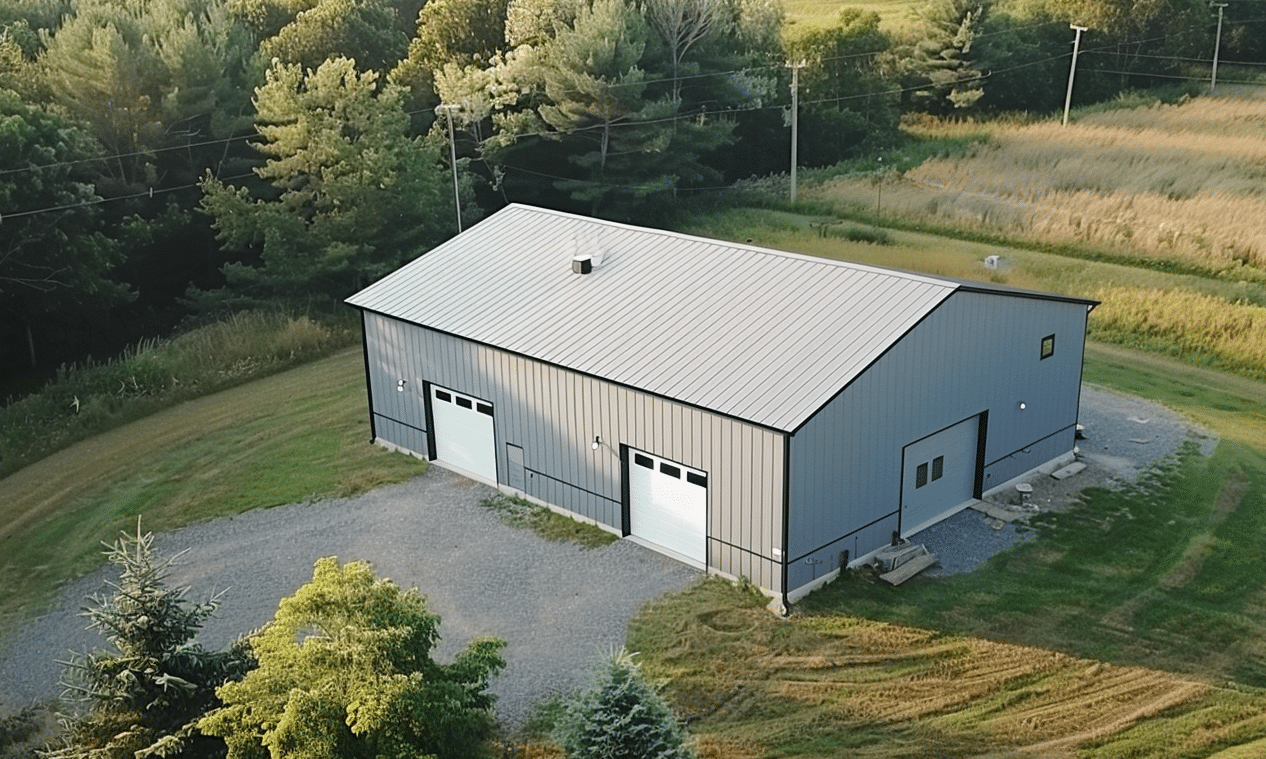
The Future with Your Building Team
As you take the steps to make your steel building project a reality, choosing a reliable partner is crucial. You want a team capable of offering products that match your vision and needs. At Your Building Team, expert guidance and comprehensive steel solutions await to help you implement decisions that deliver durable structures complemented by innovation and sustainability.
Whether constructing a Garaga or erecting a multi-purpose facility, Your Building Team provides the blueprint for success, offering invaluable insights and resources at each stage of your steel building venture.
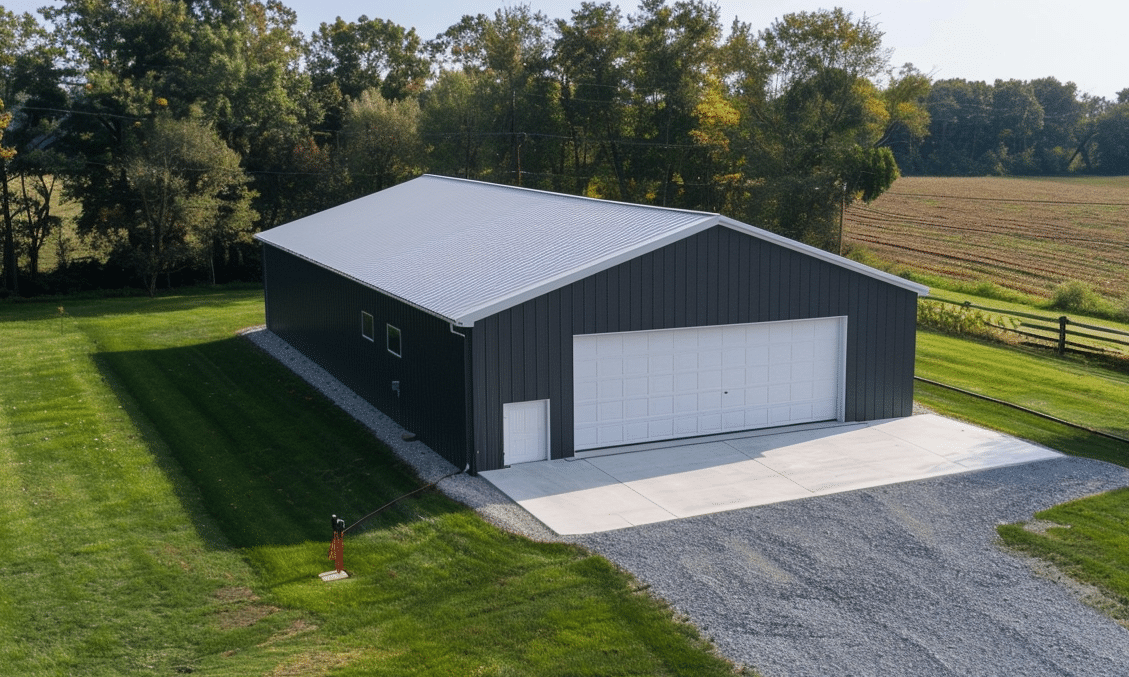
In summary, when selecting the right steel for your metal building, a carefully balanced consideration of the building’s intended use, environmental influences, and possible technological innovations will serve your objectives well. Steel is more than just a sturdy material; it’s a testament to modern engineering’s elegance and efficiency. By understanding these dynamics and consulting with reliable experts, you’re not just building a structure, you’re forging a legacy.
